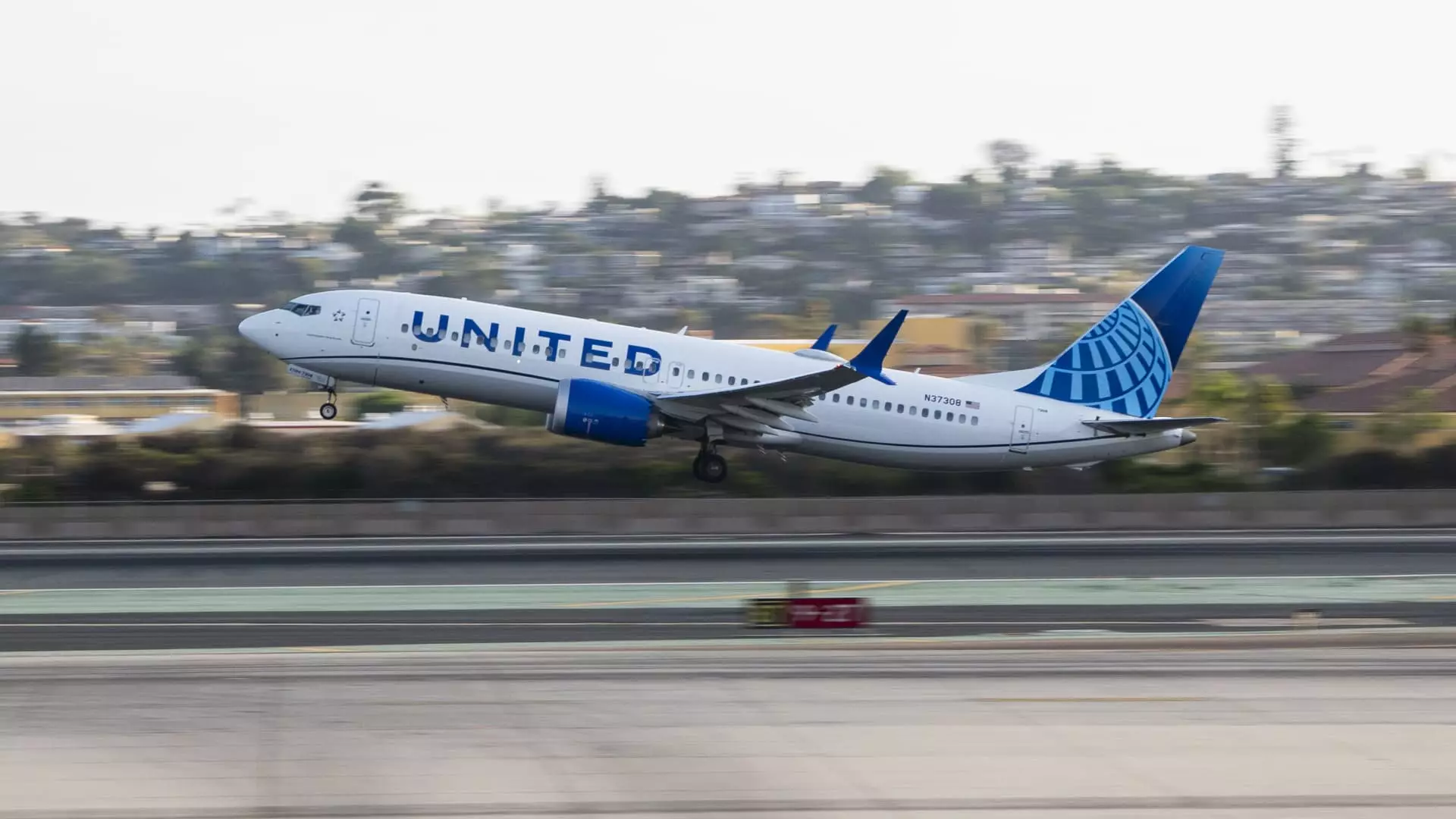On a pivotal day for United Airlines, the company announced an ambitious $1.5 billion share buyback initiative alongside the release of robust earnings figures for the summer travel season. This announcement comes in the wake of strong demand for air travel, which exceeded industry expectations. Forecasting an adjusted earnings per share (EPS) of $2.50 to $3.00 for the fourth quarter—an improvement over last year’s $2.00 and exceeding analysts’ predictions of $2.68—United appears poised to capitalize on what has been a notably strong recovery.
The third quarter results revealed that United achieved an adjusted EPS of $3.33, surpassing the anticipated $3.17, with revenues reaching $14.84 billion, ahead of the expected $14.78 billion. Such performance is indicative of a larger trend in the airline industry where demand has surged as consumers rush back to travel for both business and leisure.
The planned share buyback is particularly significant as it marks United Airlines’ first such initiative since the onset of the Covid-19 pandemic, which severely restricted cash flows across the airline sector. Throughout the pandemic, U.S. carriers collectively received an excess of $50 billion in government aid designed to stabilize their operations. This financial support came with strings attached, specifically prohibiting share repurchases and dividends while companies navigated a severe downturn in travel demand.
In announcing this program, United CEO Scott Kirby emphasized that investing in the airline’s workforce and infrastructure remains a top priority, even as the company looks to enhance shareholder value through these buybacks. This juxtaposition highlights a careful balancing act; while shareholders may welcome the initiative as a sign of financial recovery, employees are left to wonder how such decisions might impact their own compensation and job security.
Despite the promising financial outlook, United faces several obstacles. For one, although the airline posted a net income of $965 million for the quarter, this figure represents a 15% decline compared to the prior year. Such a decrease raises questions about long-term sustainability, particularly as airline executives prepare to engage analysts on demand projections and future challenges.
Additionally, the airline’s expansion plans for the following year, which include introducing routes to Mongolia, Senegal, Spain, and Greenland, are ambitious but not without risk. In an industry marred by volatility, the ability to predict and meet international travel demand remains uncertain. Moreover, complications with Boeing’s production, stemming from a protracted strike among machinists, may further complicate United’s growth strategy.
Labor Relations: A Tension Point
The announcement of the share buyback program has sparked criticism from United’s flight attendants’ union, which has yet to reach a new labor agreement with the company. Their pushback against share repurchase intentions illustrates the contentious backdrop of labor relations in the airline industry, particularly as employees seek fair compensation amidst recovering profits. The union’s dissatisfaction underscores a significant tension between corporate strategies focused on shareholder returns and the urgent need for reinvestment in employee welfare.
United Airlines is navigating a transformative period marked by strong financial results, strategic expansions, and a renewed focus on shareholder value through share repurchase programs. While the earnings trajectory signals a rebound in consumer confidence, the complexities of labor relations and external market conditions will undoubtedly shape the landscape ahead.
As United prepares for a future that is simultaneously promising and fraught with uncertainty, the actions taken today will be scrutinized by employees, analysts, and investors alike. The coming months will be crucial as the airline maneuvers through the intricacies of a recovering economy, aiming not only to meet immediate fiscal goals but also to foster a sustainable, responsible business model that supports all stakeholders involved.


Leave a Reply